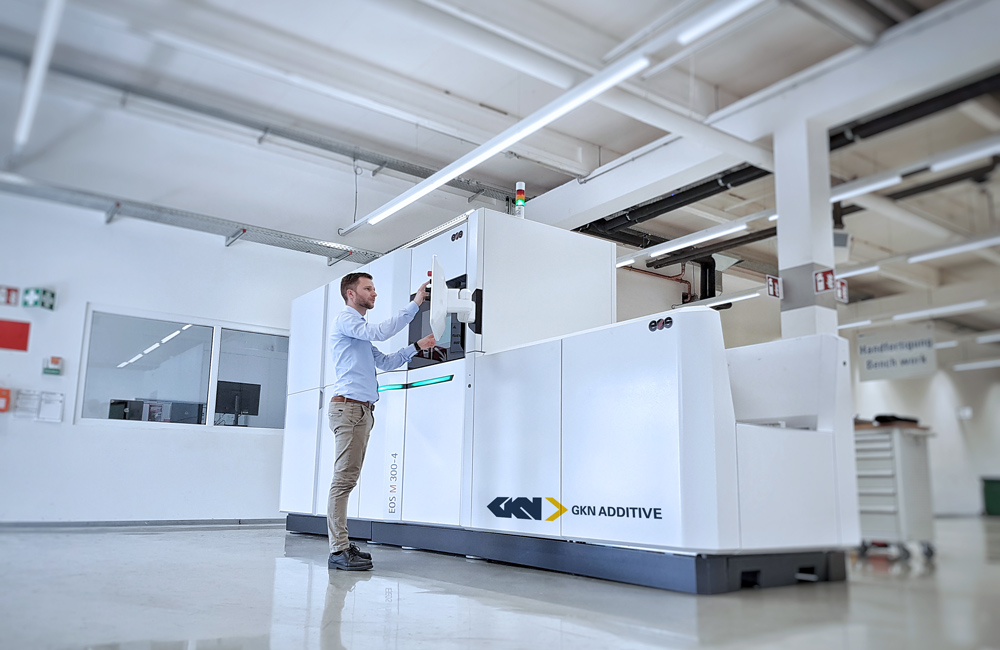
Companies involved in the Industrialization and Digitalization of Additive Manufacturing (IDAM) project say that it has made progress in its aim to speed up the digitalization and industrialization of laser powder bed fusion (LPBF).
According to the €20 million IDAM project partners, the limitations of LPBF currently include a lack of automation and high associated costs that hinder the technology’s adoption for industrial, serial production in industries such as automotive.
GKN Powder Metallurgy, one of the project partners, reports that it has validated using its DP 600 steel material on EOS’ M300-4 3D printer, with the aim of producing over 10,000 individual and spare automotive parts per year, as well as at least 50,000 mass-produced components.
DP 600 powder, which is gas atomized, has an elongation rate of 13% (as-built) up to 22% (with heat treatment), and a tensile strength of 950 MPA (as-built) up to 700 MPA (with heat treatment), the company claims. These tunable properties make the dual-phase steel material a suitable candidate for several structural automotive applications, as well as for other applications in the industrial market, while further potential to reduce cost per part can be achieved by using water atomized powders for future applications, according to GKN.
‘We are now halfway through the IDAM roadmap,’ said Sebastian Blümer, technology manager at GKN Powder Metallurgy. ‘Currently, we are in the phase of checking the concepts of the pilot line modules. We are preparing to receive the remaining modules by the beginning of 2021, which will give us about a year to test and qualify them. In other words, the digital architecture is almost finished and we are now looking to the prototype phase.’
Another project aim is the creation of a digital architecture, including digital standards and an Internet of Things-connected overview of the AM process chain, to help ensure communication between AM process chain modules, GKN said. However, one of the biggest hurdles in adapting the digital architecture is creating a comprehensive solution for various LPBF systems that all vary in their interfaces to the process chain.
This story uses material from GKN, with editorial changes made by Materials Today. The views expressed in this article do not necessarily represent those of Elsevier.



